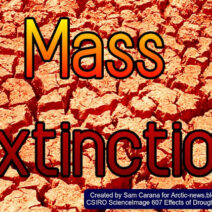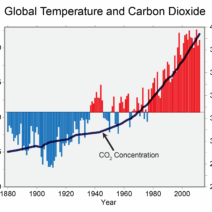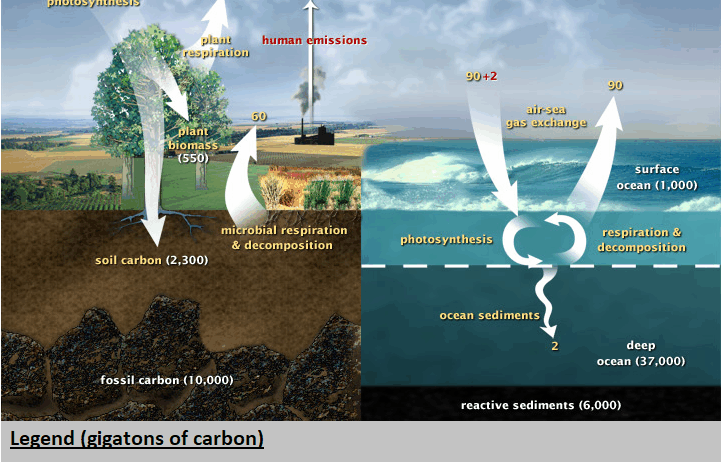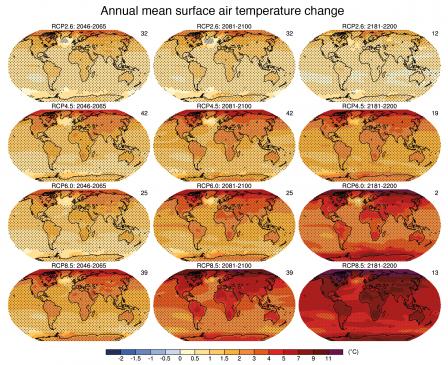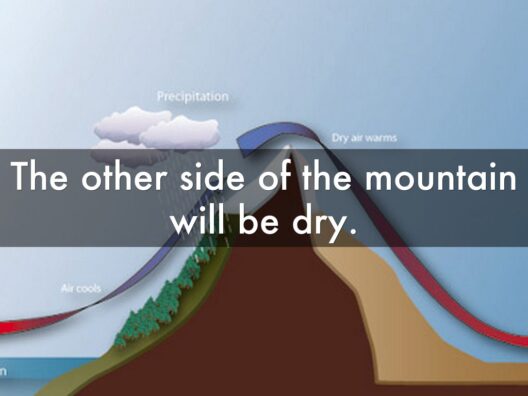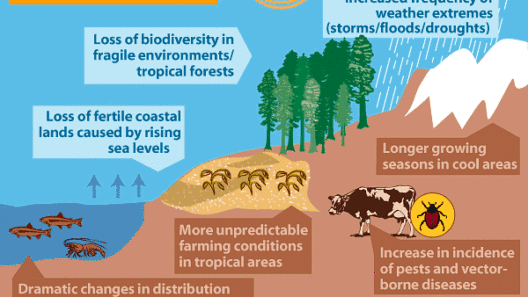As the world grapples with the escalating impacts of climate change, visibility and understanding of the invisible forces that drive this phenomenon become ever more critical. At the heart of this discourse lies carbon—a fundamental building block of life yet a notorious contributor to climatic shifts. The relationship between carbon, particularly in its various forms, and climate change requires a meticulous exploration that unravels the complexities of this interaction.
Carbon exists in numerous states, with carbon dioxide (CO2) and methane (CH4) being two key players in the greenhouse effect. These gases are released through natural processes and human activities alike. While carbon dioxide is more prevalent, methane is significantly more potent in its warming capability—over 25 times more effective at trapping heat in the atmosphere over a 100-year period. Understanding the multifaceted role of these carbon compounds is essential for discerning their influence on global temperatures.
The genesis of the carbon conundrum stretches back to the Industrial Revolution. This period heralded an unprecedented consumption of fossil fuels, thus propelling carbon dioxide emissions to levels that had not been experienced for millennia. The burning of coal, oil, and natural gas for energy has led to a dramatic uptick in atmospheric carbon concentrations. The implications are clear; as carbon dioxide levels increase, so does the global temperature. This finding is supported by extensive scientific research, drawing a direct correlation between rising CO2 levels in the atmosphere and the gradual escalation of global temperatures.
Yet carbon does not act in isolation. The carbon cycle—characterized by the exchange of carbon among the atmosphere, oceans, soil, and living organisms—plays a vital role in regulating Earth’s climate. Photosynthesis, a process employed by plants, captures atmospheric CO2, converting it into organic matter while releasing oxygen back into the environment. This natural mechanism showcases carbon’s dual nature; it is both a necessary element for life and a chief antagonist in the climate crisis.
Additionally, the oceans serve as a massive carbon sink, absorbing significant amounts of CO2. However, this capacity has limits. As oceanic temperatures rise due to climate change, their ability to sequester carbon diminishes, leading to higher levels of CO2 retention in the atmosphere. The result? An accelerated warming cycle. This feedback loop underscores a harrowing reality; as the planet warms, its natural systems become less effective at mitigating further anthropogenic emissions, revealing the perilous entanglement between carbon concentrations and climate stability.
Moreover, the role of land use cannot be overlooked. Deforestation, urbanization, and agricultural expansion disrupt the intricate balance of the carbon cycle. Trees act as vital reservoirs of carbon; when they are felled, not only is the stored carbon released back into the atmosphere, but the capacity for future carbon absorption diminishes. Urban areas, often devoid of green spaces, exacerbate the emissions issue. The interaction between human activities and natural ecosystems illustrates the myriad pathways through which carbon influences climate change.
Understanding the drivers of carbon emissions compels a look into the future. Scientific projections indicate that if current trends persist, the increase in global temperatures may exceed 2 degrees Celsius by the end of the century—an alarming threshold that could unlock catastrophic environmental changes. These include the amplification of extreme weather events, rising sea levels, and the degradation of biodiversity, all of which pose profound threats to both natural ecosystems and human societies.
Nevertheless, every crisis contains seeds of potential transformation. Addressing the carbon problem necessitates innovative solutions that span technological advancements, policy reform, and collective societal action. Renewable energy sources such as wind, solar, and hydroelectricity present viable alternatives that can significantly reduce carbon emissions. Transitioning from fossil fuels to these cleaner energy sources not only curtails greenhouse gas emissions but also fosters economic resilience.
Furthermore, carbon capture and storage (CCS) technologies offer promising pathways for curbing the effects of carbon. By capturing CO2 emissions from power plants and industrial sources before they enter the atmosphere, we can mitigate their impact. While the technology is still in its relative infancy, advancements could play a critical role in slashing carbon footprints significantly.
In addition to technological innovations, policymaking plays a crucial role in the fight against climate change. Governments around the world are increasingly aware of the urgent need to implement stringent regulations on emissions. Legislative measures, such as carbon pricing and cap-and-trade systems, incentivize reduced emissions by placing a financial cost on carbon output. Such frameworks not only encourage industries to innovate but also promote transparency in carbon accounting.
At the individual level, lifestyle choices influence carbon footprints as well. Energy conservation, sustainable consumption practices, and the reduction of waste can collectively impact carbon emissions. Encouragingly, grassroots movements are catalyzing change across communities, fostering a culture of environmental stewardship. Engaging with local initiatives can amplify the call for systemic change, underscoring the interconnectedness of local actions and global outcomes.
In conclusion, the effects of carbon on climate change weave a complex tapestry of interactions that shape our world. From the carbon cycle’s fundamental role in Earth’s biosphere to the human actions that disrupt it, every element plays a part in this intricate narrative. Each step we take toward understanding and addressing these dynamics is crucial for securing a sustainable future. As we navigate this multifaceted challenge, fostering curiosity and engagement is essential; it unveils possibilities for transformative solutions to an enduring global crisis.

